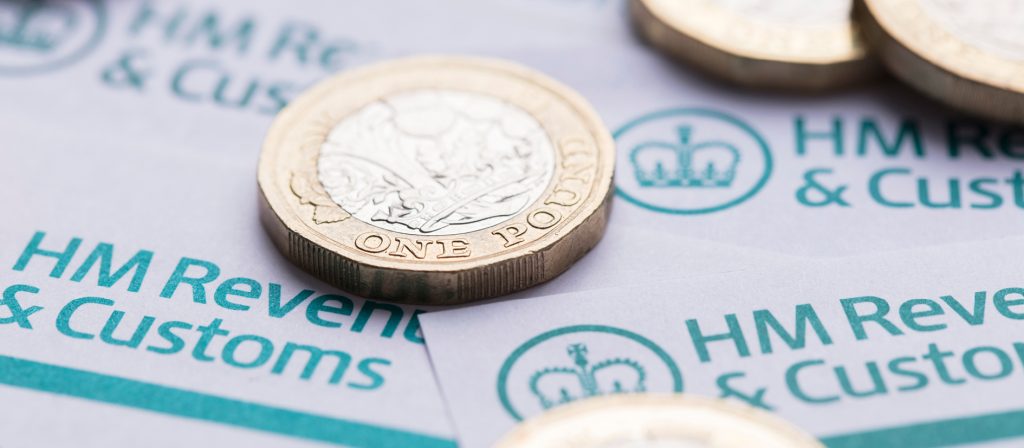Maxing Tax Digital delayed until 2024
Introduction of Making Tax Digital (MTD)

In recognition of the challenges to many businesses due to the pandemic, the government has delayed the introduction of Making Tax Digital (MTD) for income tax self-assessment (ITSA) by a further year.
MTD will not be mandatory for self-employed individuals and landlords until accounting periods commencing on or after 6 April 2024. The start date for general partnerships (those with only individuals as partners) will now be from April 2025, with the date for other types of partnerships still to be confirmed. The planned April 2026 commencement date for MTD for corporation tax now also seems uncertain.
Knock-on effect
The one-year delay means that:
- The reform of the basis period rules for unincorporated businesses has been pushed back until at least April 2024, with the transition year no earlier than 2023 – so yet another change that now appears less certain than previously.
- The new penalties for late payments and late submissions will now no longer apply to the self-employed and landlords (mandated to use MTD for ITSA) until April 2024, with other ITSA taxpayers included a year later.
No change

Although the delay will be welcomed by the majority of businesses, a delay is all it is. There is no change to the entry point (taxable turnover from self-employment and/or income from property over £10,000), nor to the requirement to keep digital records and provide quarterly returns using third-party software to HMRC.
HMRC has estimated the average transitional cost of becoming digital as £330, with an annual cost of £35 per business, although that assumes no new hardware will be required.
The delay will mean that more software packages are available before MTD for ITSA comes in, and there will be more opportunity to join the pilot scheme. If you are self-employed or a landlord, you should make the most of the extra time to ensure your business is ready come April 2024.
IHT receipts reach £6 billion record
HMRC over the past year reached a record £6 billion

The amount of inheritance tax (IHT) collected by HMRC over the past year reached a record £6 billion, some £1 billion more than the previous 12 months. This increase comes as no surprise given booming property values and frozen nil rate tax bands. It seems the tax is no longer the preserve of the super-rich.
The IHT nil rate band has not been uprated for 12 years and is set to remain at £325,000 for another four. For a reasonably well-off couple, the loss of indexing means around an additional £200,000 of assets being subject to tax. The residence nil rate band (RNRB) is also fixed, at £175,000, until 2026.
Property

Although the nil rate bands total £1 million for a couple, the average value of a terraced house in London, for example, is now over £700,000. Unfortunately, there may be little scope for any IHT planning if the value of your estate comes mainly from your property. However, it is important to have an up-to-date will, and to make the best use of reliefs and exemptions – especially the RNRB.
You might wish to take out life assurance if you want your heirs to hold on to your home, rather than being forced to sell to fund IHT. The policy should be written in trust and increase in line with property values.
Planning

Any IHT planning will depend on your age, assets and how much you can afford to gift without impacting your lifestyle. Professional advice is always recommended, but there are some important considerations:
- Pensions: There are various possibilities, but, for example, you could fund pension contributions for your children or grandchildren. The recipient can benefit from tax relief, and your estate is reduced over time without the need for a large capital gift.
- Business property relief: Riskier, and there is no guarantee of future exemption, but you might consider ISAs that are invested in the AIM market. The ISAs will escape IHT after being held for two years.
HMRC’s basic guide to how IHT works, including details of various exemptions, can be found here.